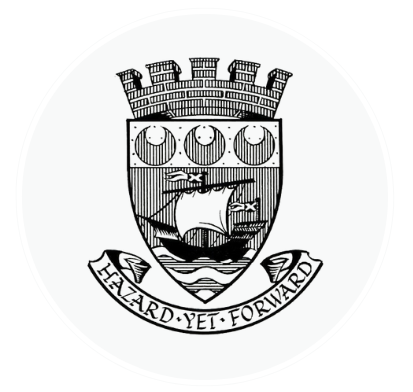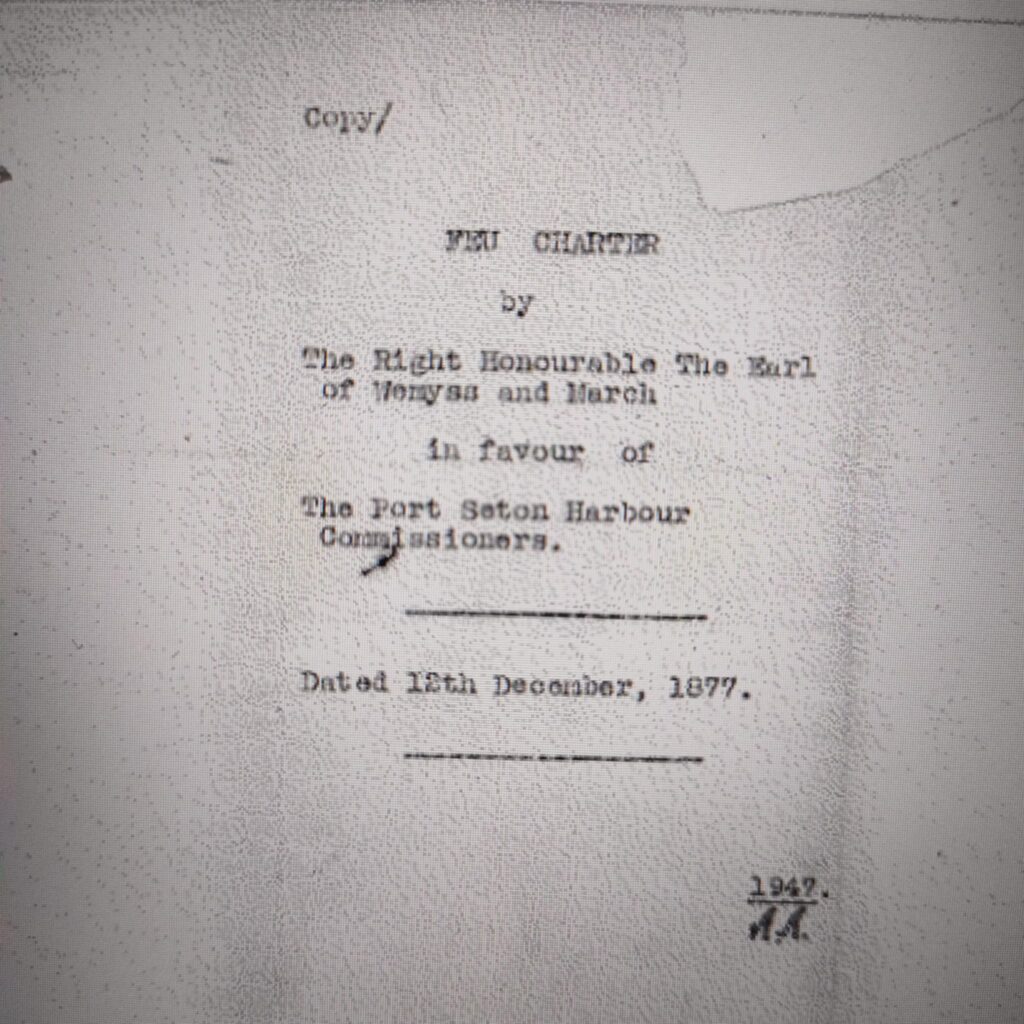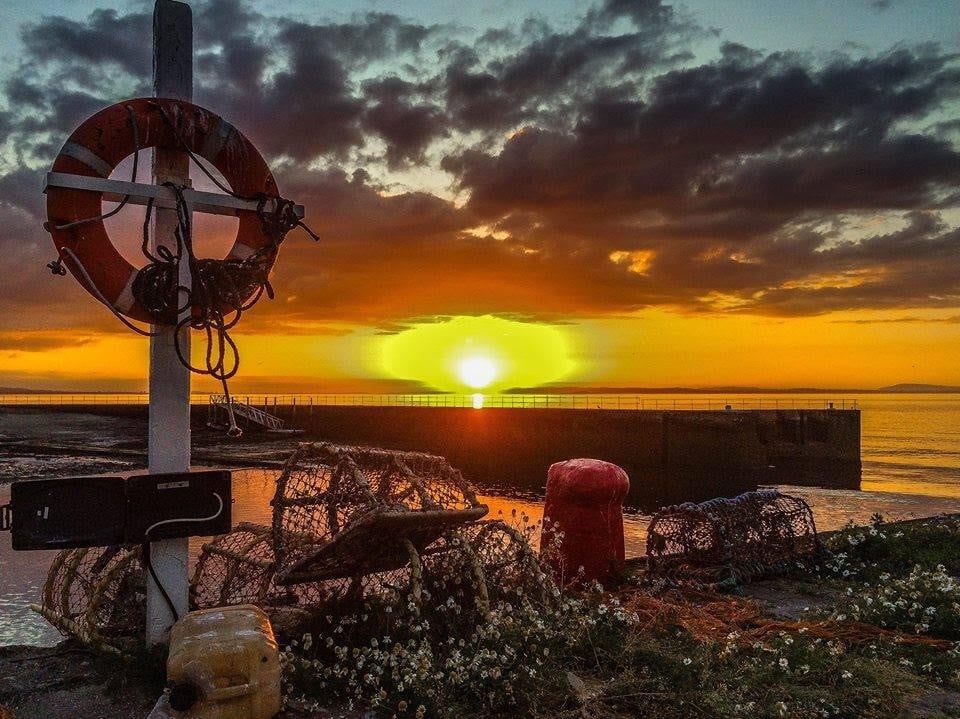
Port Seton was built by the 11th Lord Seton around 1656 to support the Seton estates and the local fishing fleet. To distinguish between Cockenzie Harbour, the Seton’s port was named ‘Port’ Seton – thus giving the village its name.
In the 18th century, the main exports from the Port were coal and salt, with a vibrant fishing fleet always awaiting the next tide to bring home a harvest from the sea in support of their families, wider community and to take to market.
Having stood alongside the Jacobites at the time of the 1745 rebellion, the Seton Family had lost their lands, and by the early 1800s, the Port stood neglected and almost unusable through a lack of investment, storm damage and the scarcity of white fish, resulting in a poor fishing harvest. All in all, it was a bleak time for Port Seton and its people.

In the mid 1800s, a Feu Charter was drafted between the Earl of Wemyss and March and a group of 15 representatives from the community – including a Minister, a Hotel-keeper, Coalmaster, Schoolmaster, Farmer, Fish Salesman and several Fishermen. This Charter was formally agreed by an Act of Parliament in December 1877 which resulted in Port Seton Harbour Commissioners being formed.
The ‘Commissioners’ are Trustees of Port Seton Harbour with the responsibility to ensure that the harbour thrives and endures. The Feu carries conditions with it, including:
More recent times has seen the decline of the fishing industry, however Port Seton remains home to a small fishing fleet, creel boats and leisure craft.

Port Seton Harbour stands as a picturesque haven on Scotland’s east coast, at the heart of our community.
[email protected]